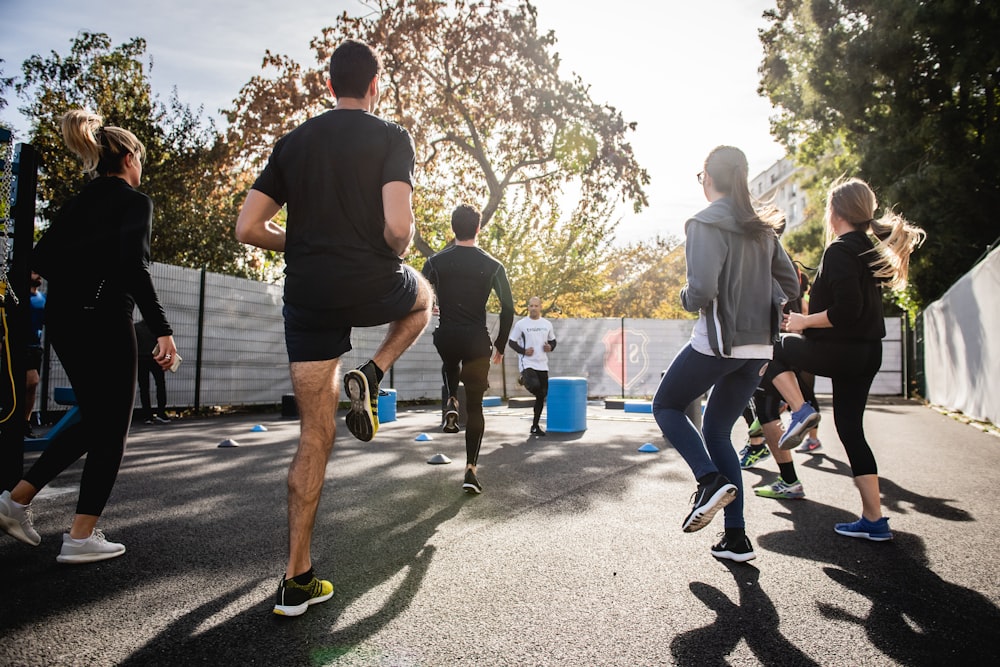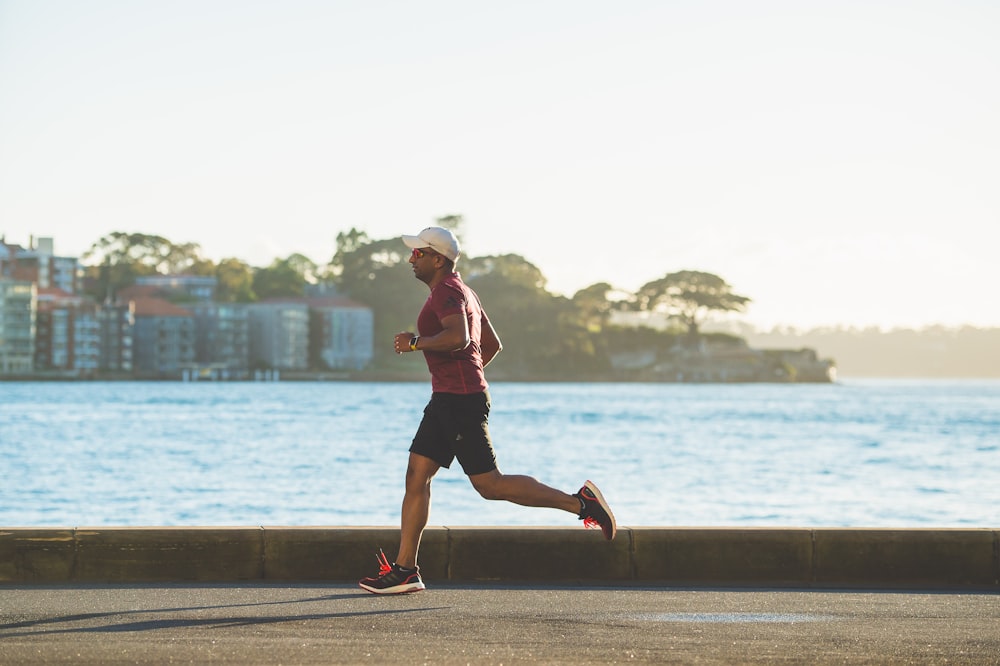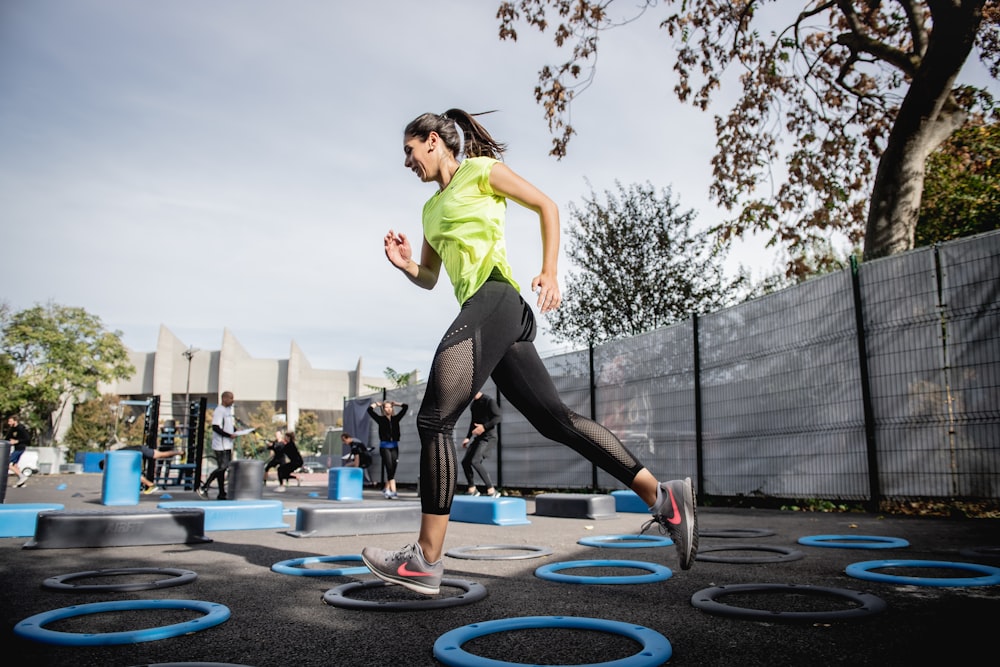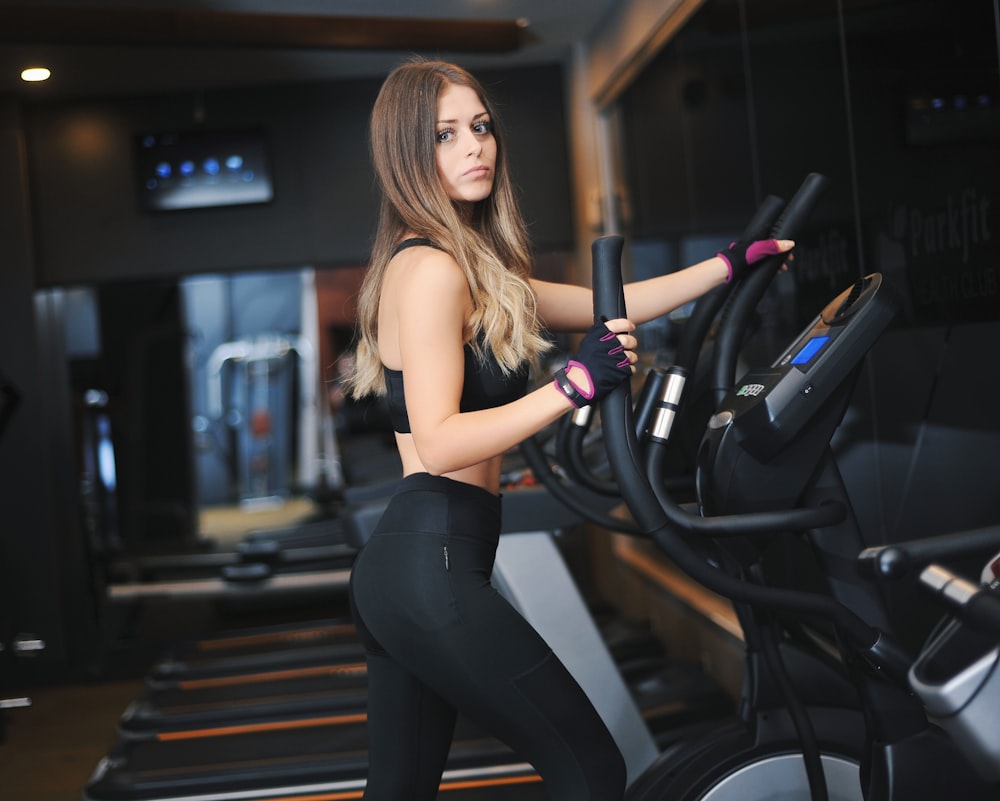Ultimate Guide to Building Cardiovascular Endurance for Athletes
Activity that increases your heart rate and general blood flow is known as cardiovascular, or “cardio,” activity. At least three times each week, you should strive for 30 to 45 minutes of moderate to strenuous aerobic exercise. Cardio exercise includes activities like running, swimming, and cycling. Its an ultimate workout.
In the beginning of any exercise routine, it’s crucial to move cautiously and pay attention to your body’s limitations. You can enroll in a brand-new class or include cardio in your current fitness routine.
Swimming laps: ultimate workout
Image via Unsplash.com
Backstroke is a good way to start your swimming session. Put your back in the water and rotate your arms through the water and up over your head. Proceed to the breaststroke or even use a kickboard after that. In your initial session, aim to swim for 10 minutes, then increase from there.
Run around neighborhood
When you first start running, keep going until your legs begin to feel worn out and slow. With each subsequent cardio workout, take note of your time and attempt to incrementally increase it. When running, keep your shoulders back and lift your feet high off the ground to maintain proper form.
Try cycling: ultimate workout
Image via Unsplash.com
You have two options: ride a bike on the streets or trails, or use the cycling machine at your neighborhood gym. Try not to extend your first session too much. Try to ride for 15 to 30 minutes. If you are concerned about pacing, it will be easier to start with a recumbent cycle machine that allows you to fully recline.
Perform cardio
One of the best methods to maximize a 45–60-minute workout is to do this. Perform a brief cardio program, such as jumping jacks or sprints, for 2-3 minutes after each set. Your rest times are essentially replaced by this cardiac workout, which also keeps your heart rate up.
If you’re trying to get through an exercise plateau, this strategy is helpful.
Rope jumping while starting and ending workout
Grab a rope, then practice jumping with both feet close together. Then, focus on hopping from side to side at a small angle so that your feet don’t always fall in the same spot. For a little extra muscular burn when jumping, you can also lift your knees high.
Jump rope double under for a fantastic cardio workout.
Use stairs: ultimate workout
Image via Unsplash.com
This is a fantastic technique to increase your calorie burn throughout a busy day. Start by trying to jog or walk up one story, and as you grow more fit, gradually raise your floor targets. Because you are essentially shifting your own body weight at a constant vertical angle when stair walking, it is an excellent exercise.
Proper stretching after workout
Spend some time stretching every significant muscle group that you used throughout the cardio workout. Perform a couple hip circles or high kicks. Before beginning your major cardio, you can even complete five minutes on the elliptical machine. Stretching correctly may maintain flexibility, range of motion, and mobility while also assisting in injury prevention.
Increase time span of your workout: ultimate workout
It’s crucial to begin cautiously with aerobic exercises if you’ve never done them before. 15 to 20 minutes of cardio should be added to your current exercise program. Then, attempt to gradually increase by 5 minutes each week. Your aim should be to increase the amount of cardio you do each training session to about 30-45 minutes.
The same principle holds true for the rigor of your cardio exercises. Don’t start running a mile right away, for instance. Instead, begin by walking and interspersing brief sprints.
Cardio with little weight
Image via Unsplash.com
You can purchase hand or wrist weights to wear while exercising. These 1- to 5-pound (0.5 to 2.5-kg) weights are light enough to not restrict your motions but hefty enough to make your workout more challenging. They can be worn when jumping rope, walking or running on a treadmill.
Wearing wrist or ankle weights for more than 5 to 10 minutes at a time is not recommended. They can harm connective tissues like tendons and ligaments if worn continuously for an extended period of time.
Target moderate heart rate: ultimate workout
Start with the number 220 on a piece of paper or a calculator. Then, take your age out. Your optimal goal heart rate is the consequence of multiplying that amount by 0.70. Cardiovascular novices will benefit the most from using this calculation. Replace 0.70 with 0.80 or 0.90 at that point if you are used to working out intensely.
For instance, if you are 35 years old, you would deduct 35 from 220. You will need to multiply 0.70 (for a moderate objective) by 185 (your target heart rate). This indicates that 129.50 beats per minute is your desired heart rate.
Spinning class
Image via Unsplash.com
Find out if a spinning class is offered in the gym or community center where you live. Alternately, visit a cycling gym. Each student in these lessons will have their own bike, and they will all adhere to the instructions of a teacher seated in the front of the room. The exercises often last 30 to 60 minutes and begin slowly before picking up speed.
The majority of spin classes consist of many sprints followed by cool-down intervals.
Even music or videos can be a part of certain spin lessons.
Join step class: ultimate workout
You will step up, down, and around a raised platform that is 4 to 12 inches (10 to 30 cm) high during a step aerobics class. To build up your heart rate and tone your muscles, you’ll use various patterns. Numerous gyms offer 30- to 60-minute step sessions where an instructor demonstrates the proper form.
Join boot camp
Image via Unsplash.com
The majority of these camps are set up using an interval movement paradigm, which is common in the military. You might perform leaping, push-ups, squats, or sprints in a 30–60-minute class. The majority of boot camps last 3-6 weeks and meet 1-3 times each week. Along with fitness centers and community centers, personal trainers offer camps.










